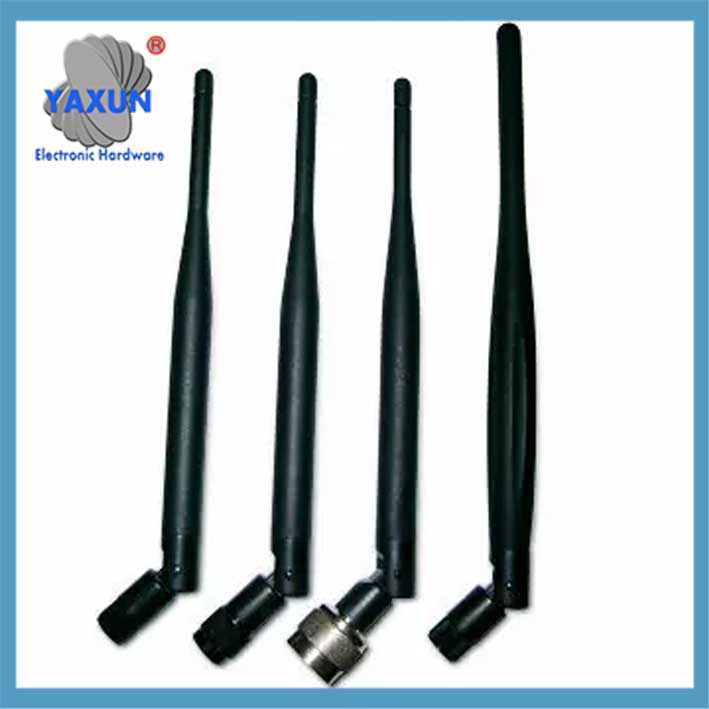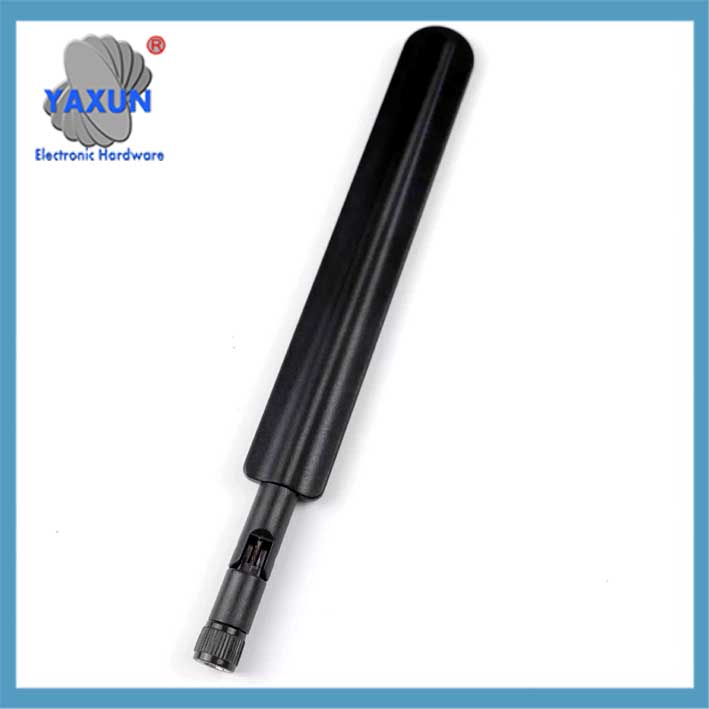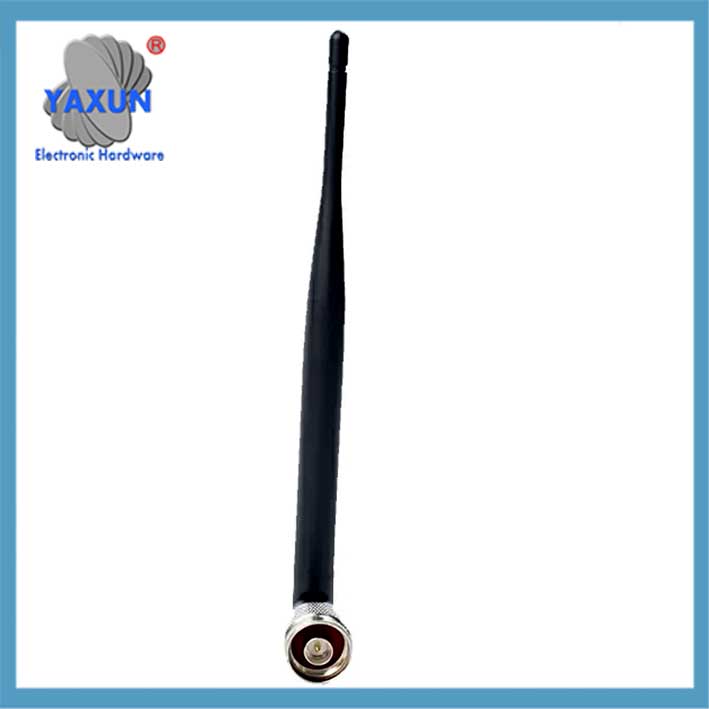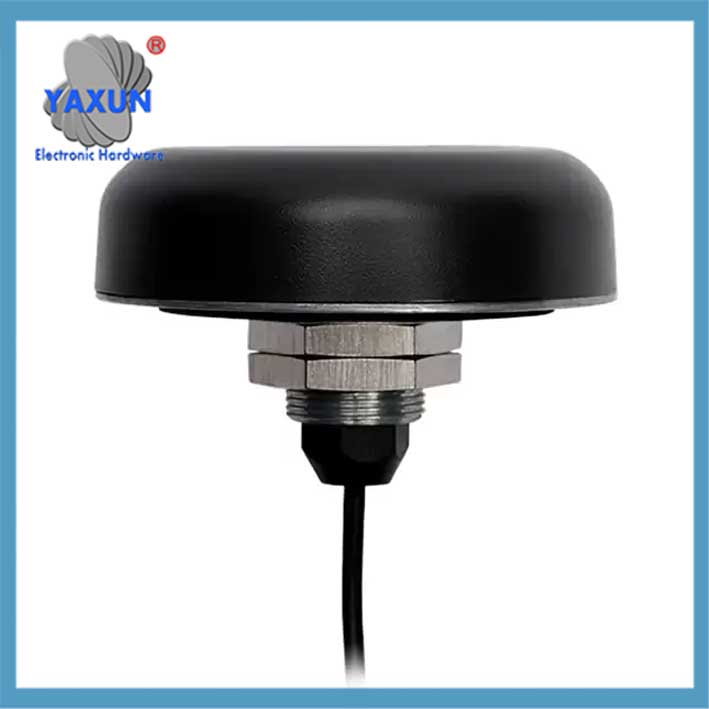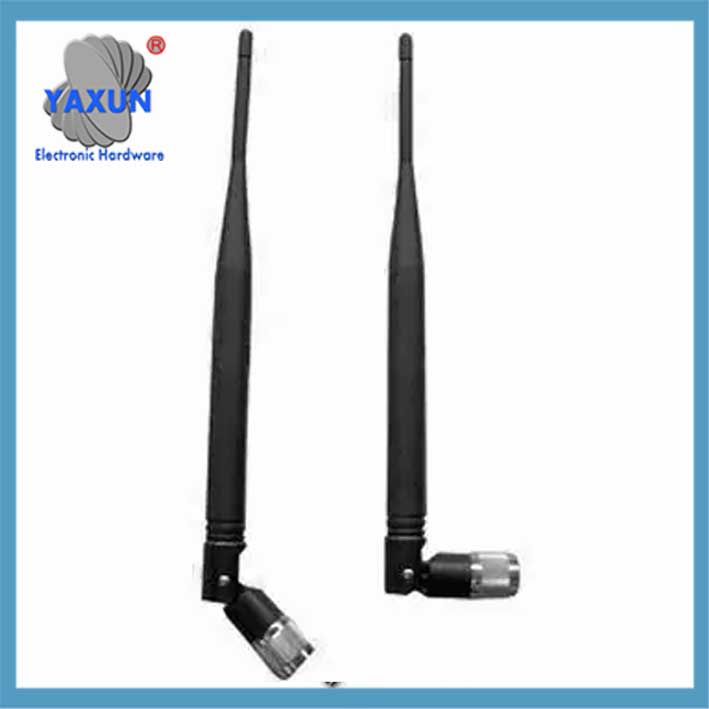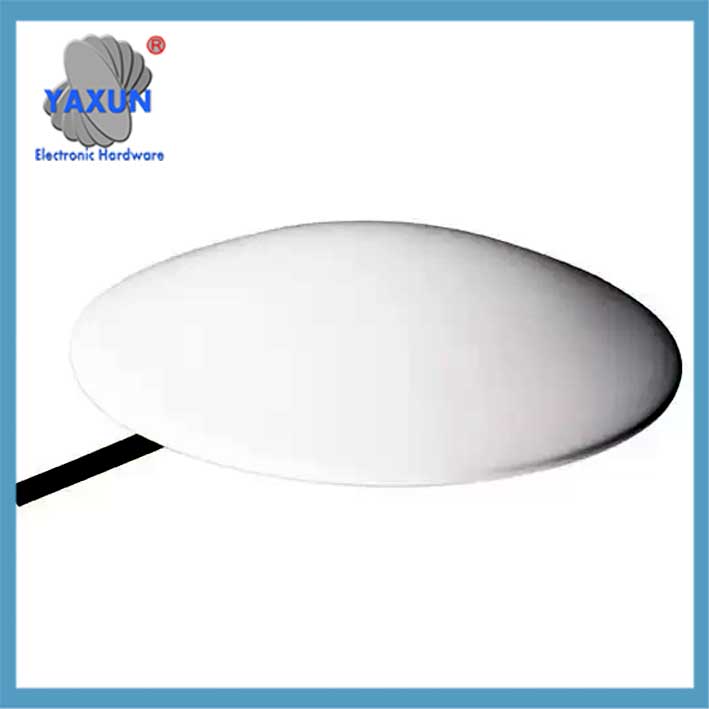Produktkategorier
Produkt Tags
Funktion og produktion af Smart Home Antenne
Smart home antenner letter trådløs kommunikation ved at gøre det muligt for smarte enheder at transmittere og modtage radiofrekvenssignaler, danner rygraden i forbundne hjem-økosystemer. Produktionsmetoder for disse antenner omfatter stofbaseret broderi, polymer indlejring, mikrofluidiske teknikker, og additiv fremstilling som 3D-print.
Smart home antenner letter trådløs kommunikation ved at gøre det muligt for smarte enheder at transmittere og modtage radiofrekvenssignaler, danner rygraden i forbundne hjem-økosystemer. Produktionsmetoder for disse antenner omfatter stofbaseret broderi, polymer indlejring, mikrofluidiske teknikker, og additiv fremstilling som 3D-print.
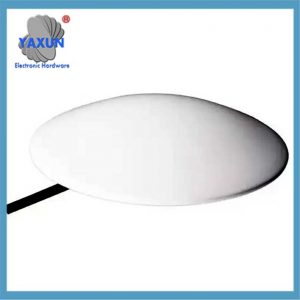 RI.02.01.3000W 915MHz Dome RF Antenna |
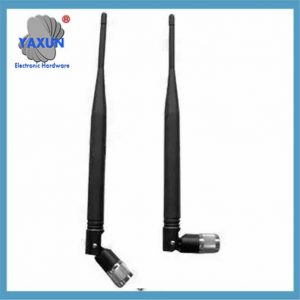 Customized production of smart home antennas |
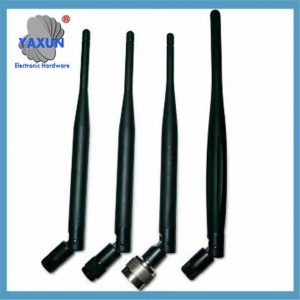 Klassifikationsstandarder og forskellige modeller af smart home-antenner |
The following is a summary of the key points of smart home antenna design and application, which is analyzed based on a variety of products and technical solutions:
jeg. Antenna type and communication protocol adaptation
Multi-protocol integration solution
Smart home controllers often use Zigbee/Thread/Bluetooth LE multi-mode antenna design to support cross-protocol communication between devices. For eksempel, Qorvo QPG6095 uses antenna diversity technology to improve anti-interference ability in the 2.4GHz frequency band.
ZigBee gateways as hubs need to have built-in high-gain PCB antennas, taking into account power consumption and signal coverage. The antenna layout needs to maintain a reasonable distance from the main control chip to reduce radio frequency interference.
External antenna extension
Controllers are often equipped with external rubber stick antennas (such as Lumi AQARA dual-channel controllers), and black antenna extension cables are fixed through screw holes to adapt to signal penetration requirements in complex environments.
High-power remote controls (such as water pump controllers) use 500-meter to 5-kilometer long-range antennas to support three-phase motor control scenarios, and need to match different voltages and power levels (such as 220V/380V multi-model selection).
 GPS-GLONASS COMBINED SMART ANTENNA Disk-Puck Machine to Machine Antenna |
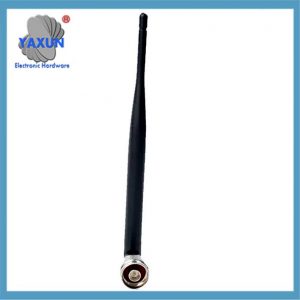 868mhz 915MHz RFID ZigBee 3DBI Omni BNC Male Antenna for Smart Home Remote Control |
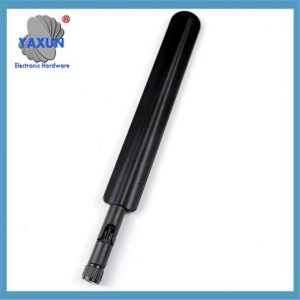 Tilpasset Smart Home Indendørs Router 5G Antenne |
Ii. Hardware design and optimization strategy
Compact antenna layout
Adopt a single-layer PCB antenna design, integrate RF balun and filter, reduce the number of external components and reduce design complexity (such as QPG6095 solution).
The WiFi antenna of the smart gateway needs to be combined with the intelligent roaming algorithm to dynamically adjust the signal direction to optimize the multi-room coverage effect (Huawei’s whole-house Wi-Fi solution mentions antenna optimization and heat dissipation synergy).
Anti-interference and stability
Ensure wireless signal security through spread spectrum communication technology and encryption protocols (such as AES-128) to prevent malicious intrusion into the smart home network.
The external antenna needs to be away from metal shielding, and the central location (such as ceiling AP or high wall position) should be preferred when deployed to reduce signal attenuation.
III. Typical products and deployment suggestions
Gateway (Green Rice M2 Gateway): Built-in omnidirectional antenna + infrared transmission module, support BLE Mesh and Zigbee dual-frequency communication for home automation hub, linkage sensors, smart sockets and other devices.
Controller (Juying DAM0444): External 4G/WiFi dual-band antenna, supports mobile phone APP remote control for industrial-grade smart switches, and requires wide-area coverage scenarios.
Sensor (door and window sensor): Miniature PCB antenna, power consumption <1mA, supports long-term power supply from button batteries for low-power monitoring scenarios, such as security alarm systems.
Iv. Function of Smart Home Antennas:
Wireless Communication:
Smart home antennas are essential for enabling wireless communication between various smart devices, such as sensors, smart appliances, and gateways, within the home.
Data Transmission:
They facilitate the exchange of data between devices, allowing for remote control, automation, and monitoring of home systems.
Network Connectivity:
Antennas ensure that devices can connect to the internet, enabling features like online streaming, cloud-based services, and remote access.
Signal Optimization:
Smart antennas can adapt to changing environmental conditions and optimize signal reception by focusing beams on the most active signal paths.
V. Production Methods of Smart Home Antennas:
Fabric-Based Antennas:
These antennas can be created using embroidered techniques, integrating conductive materials into fabric structures.
Polymer-Embedded Antennas:
Antennas can be embedded within polymer materials, offering flexibility and integration into various devices.
Microfluidic Antennas:
These antennas are fabricated using microfluidic techniques, allowing for precise control over the placement and design of antenna components.
3D Printing:
Additive manufacturing processes, like 3D printing, are used to create complex antenna geometries and materials.
Other Techniques:
Inkjet printing, screen printing, and photolithography are also employed for creating antenna structures.
Materials Used in Smart Home Antenna Production:
Metals: Copper and aluminum are commonly used due to their high conductivity and ability to be shaped into various antenna designs.
Alloys: Brass and steel may be utilized for their superior radiation characteristics.
Dielektriske materialer: Dielectric materials are used in antennas for insulation and support.
VI. Selection and deployment considerations
Bandkompatibilitet: Need to match device communication protocols (such as Zigbee 3.0/Bluetooth 5.0) and regional radio specifications to avoid band conflicts27.
Power supply and power consumption: Battery-powered devices (such as water immersion sensors) need to choose miniature low-power antennas, and external antenna controllers are recommended to be powered by independent power supplies to reduce the risk of heating46.
Scalability: Modular antenna design (such as plug-in SMA interface) is preferred to facilitate later upgrades or replacement of high-gain antennas68.
The above solutions combine compact hardware design, multi-protocol compatibility and scenario-based deployment to meet the needs of smart home antennas from home to industrial scenarios.
Kontakt os
Venter på din e-mail, vi vil svare dig inden for 12 timer med værdifuld information, du havde brug for.
 English
English العربية
العربية bosanski jezik
bosanski jezik Български
Български Català
Català 粤语
粤语 中文(漢字)
中文(漢字) Hrvatski
Hrvatski Čeština
Čeština Dansk
Dansk Nederlands
Nederlands Eesti keel
Eesti keel Suomi
Suomi Français
Français Deutsch
Deutsch Ελληνικά
Ελληνικά עברית
עברית Magyar
Magyar Italiano
Italiano 日本語
日本語 한국어
한국어 Latviešu valoda
Latviešu valoda Bahasa Melayu
Bahasa Melayu Norsk
Norsk پارسی
پارسی Polski
Polski Português
Português Română
Română Русский
Русский Cрпски језик
Cрпски језик Slovenčina
Slovenčina Slovenščina
Slovenščina Español
Español Svenska
Svenska தமிழ்
தமிழ் ภาษาไทย
ภาษาไทย Tiếng Việt
Tiếng Việt
